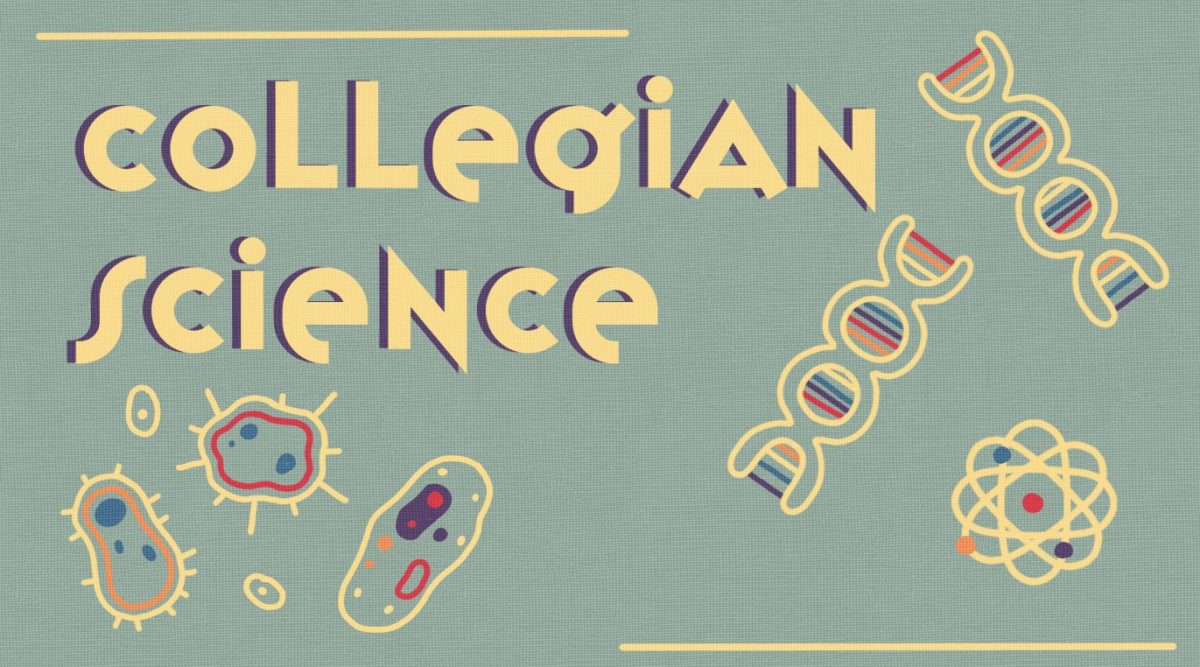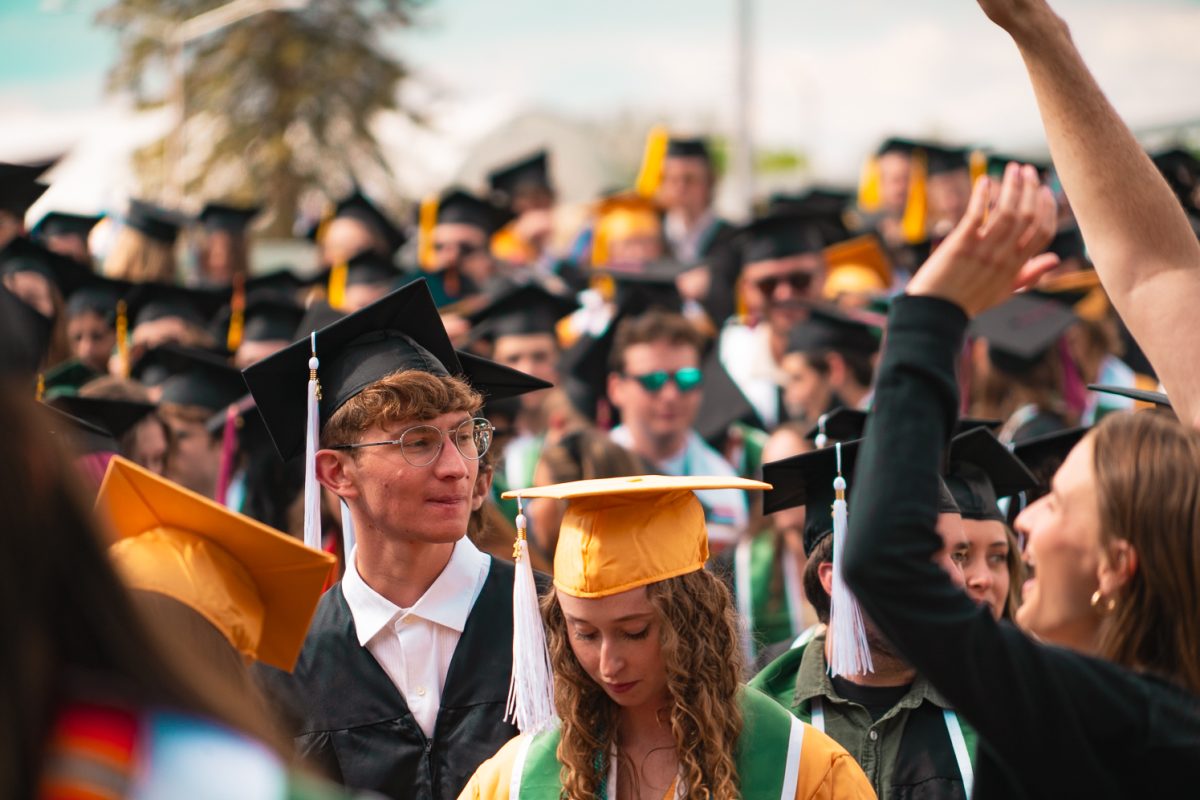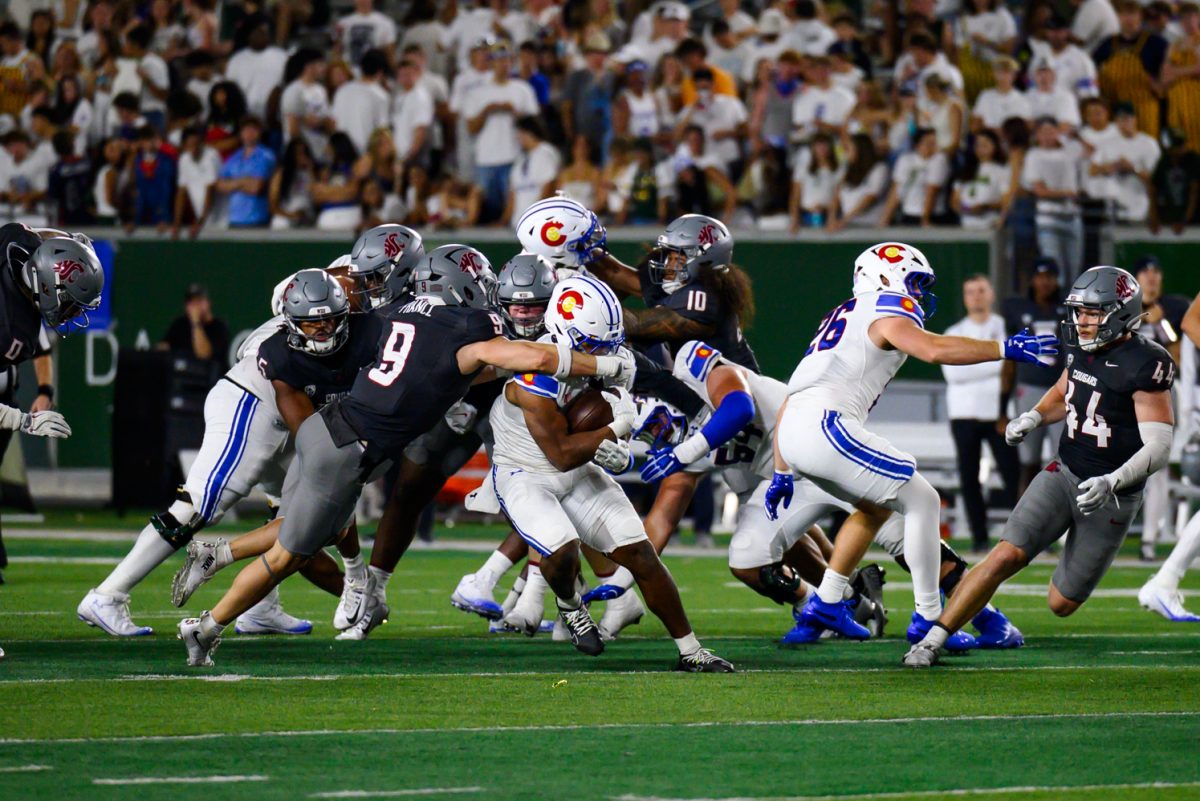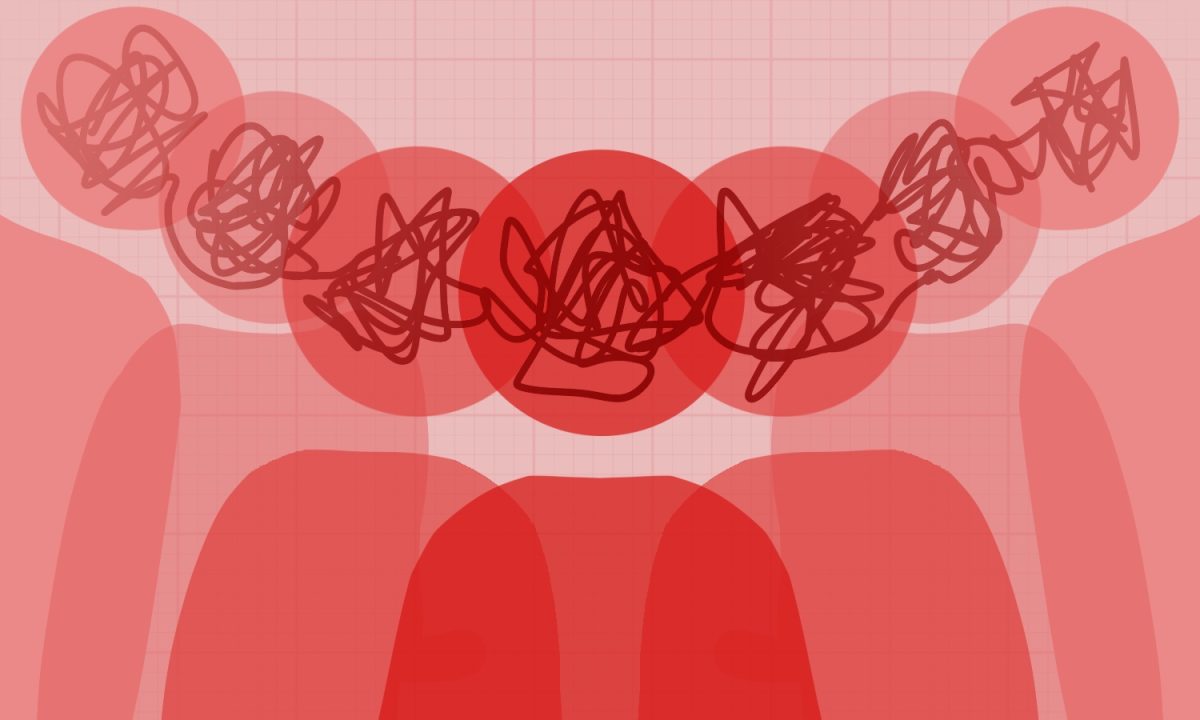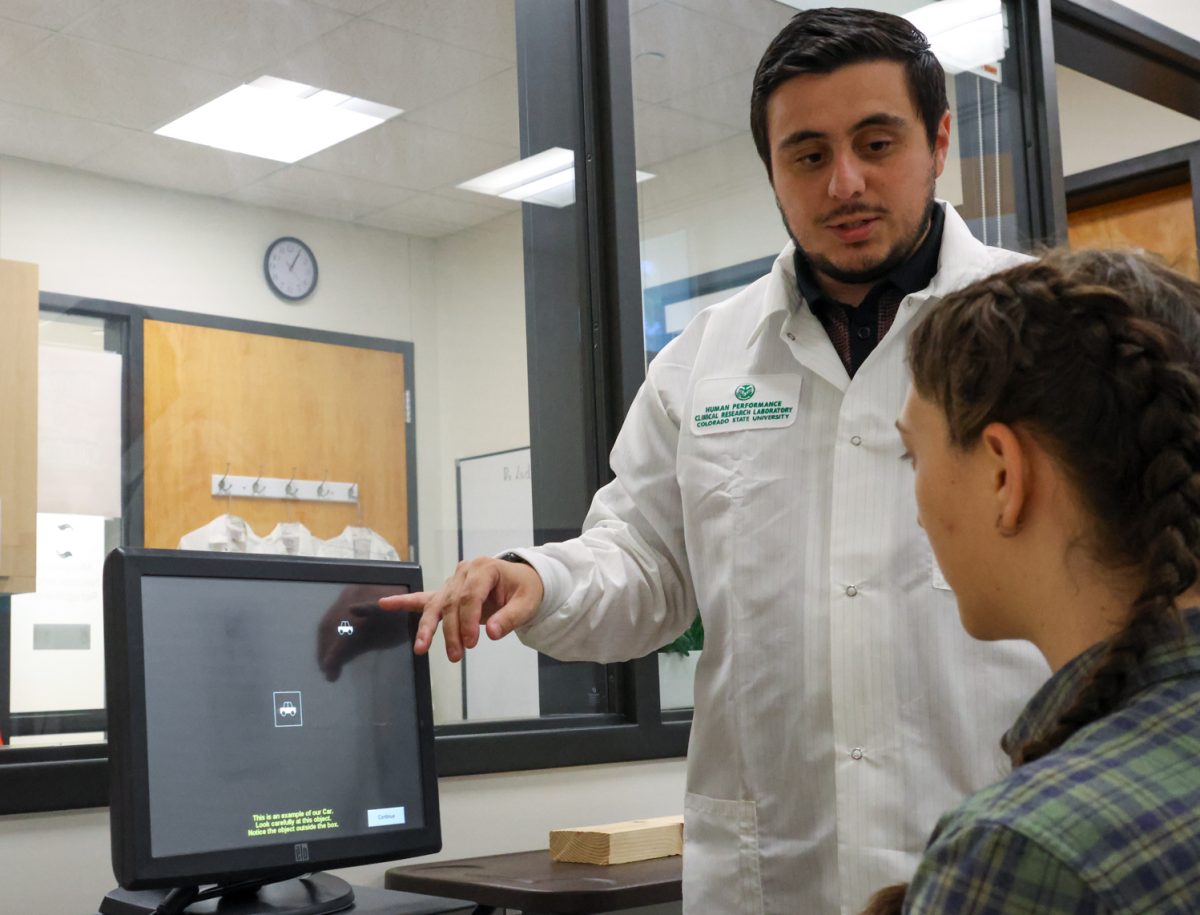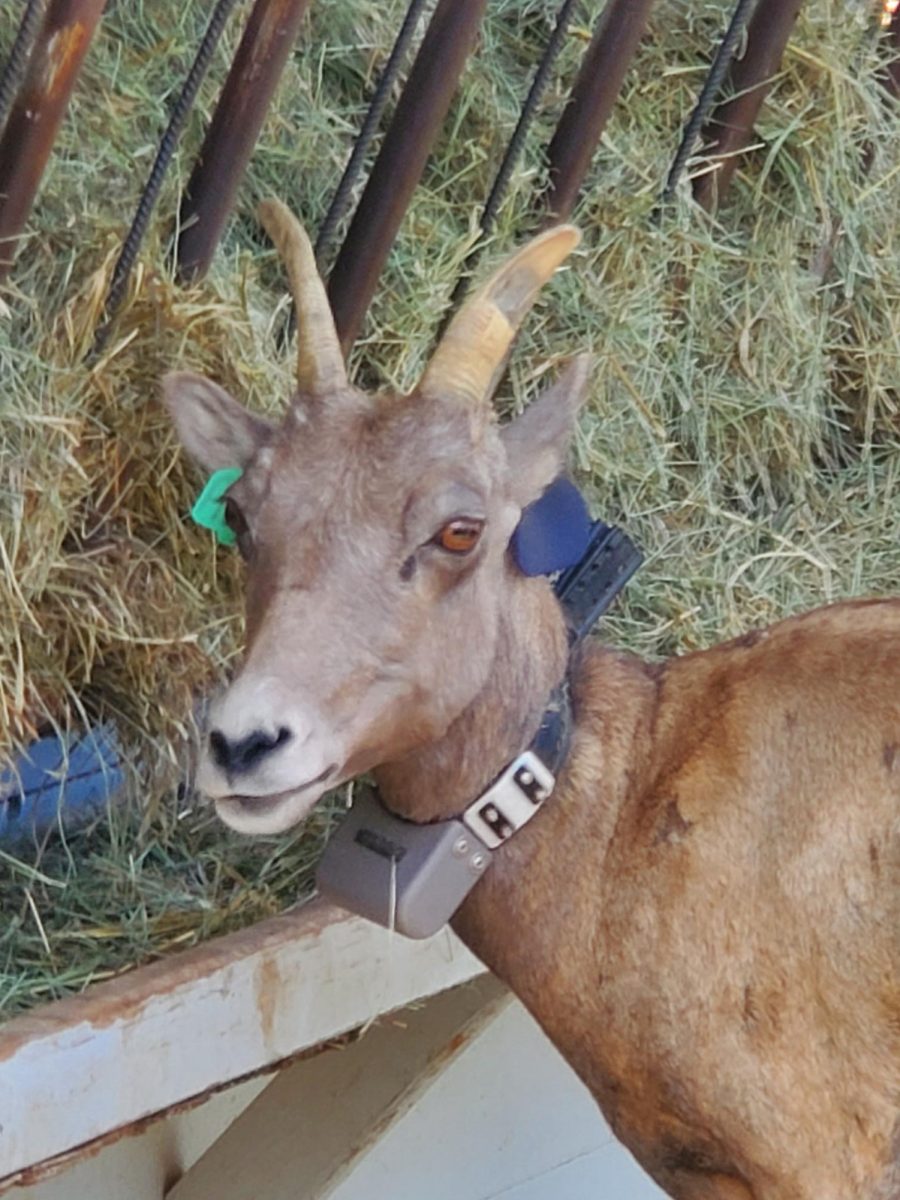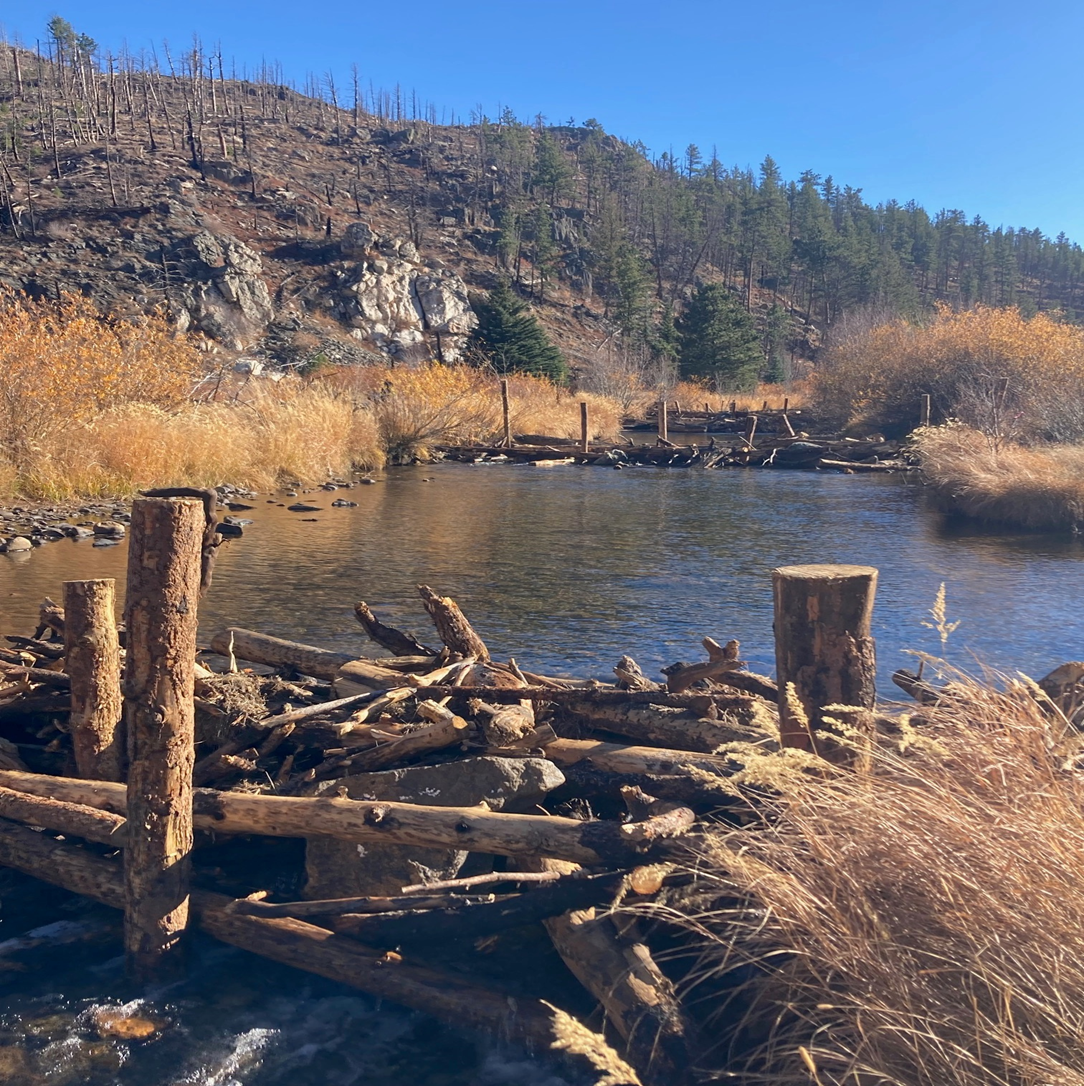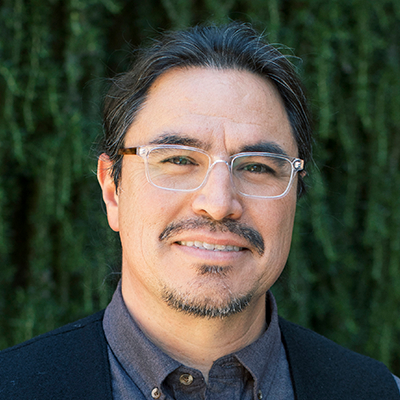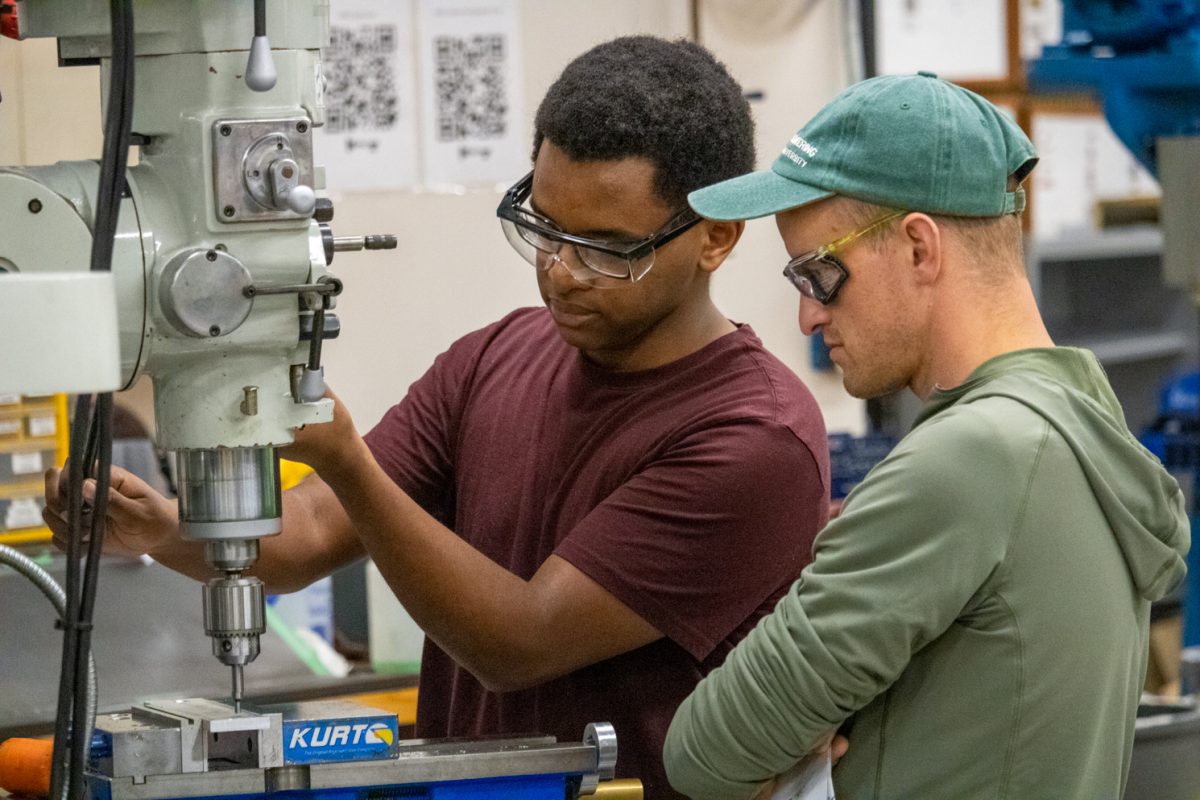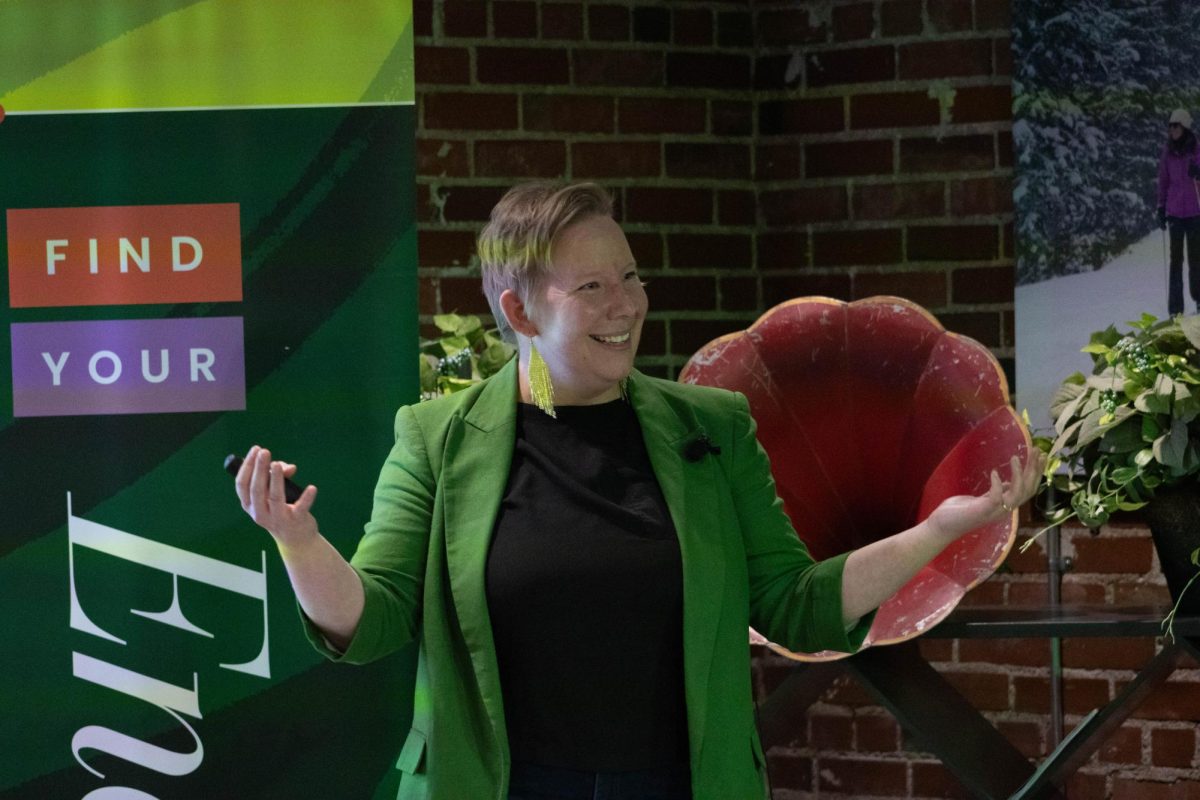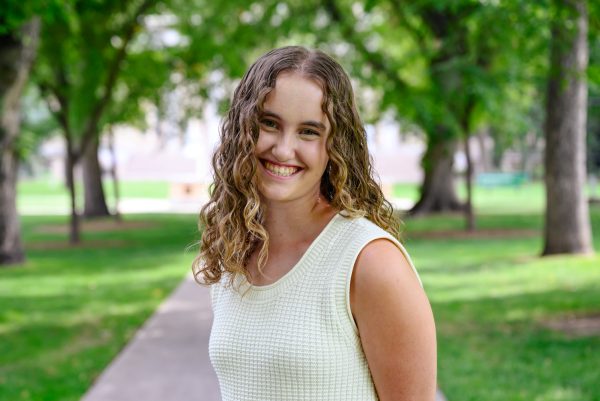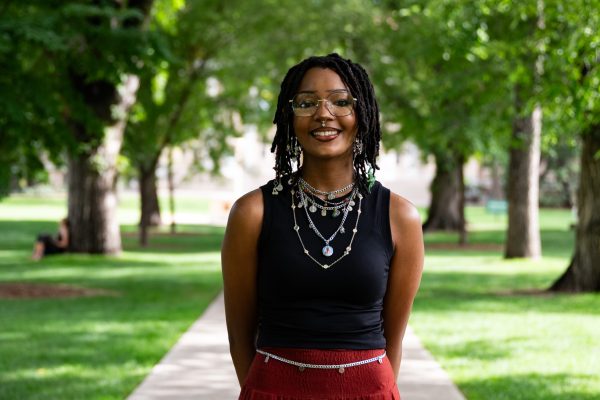From understanding how humans are shaped by their local environment to the cutting edge technology of virtual reality and transcranial magnetic stimulation that are reshaping scientific fields, here is a list of five labs on Colorado State University’s campus that students may have never heard of.
Salerno Lab
Housed in the Warner College of Natural Resources, the Salerno Lab seeks to bridge the gap between human adaptability and the local environments our species encounters. Their analytical lens is centered on social and biophysical aspects of the environment and consequences that result from adaptive behaviors as they develop over time and space.
As laboratory founder and human dimensions of natural resources assistant professor Jon Salerno wrote on the lab’s website, “My lab asks questions about how and why humans make decisions, particularly the ones in response to environmental changes. I’m interested mostly in what decision-making means for biodiversity conservation and natural resource management.”
The laboratory’s research centers on four central themes. The first, human-wildlife conflict, seeks to address the nonlocality of conservation efforts to protect biophysical systems while atoning for local effects.
Similarly, the theme of human mobility and land change concentrates on the mobile lifestyle of the Sukuma people, a Bantu-speaking population in Tanzania. Salerno centers this thematic research on measuring the effect of cooperative norms on migration decision-making.
The laboratory simultaneously investigates the increasing demand for farmers, livestock keepers and rural resource users to adapt to climate change. This topic area seeks to address how people construct mental models of climate and the conclusions they arrive to based on these models. Lastly, ongoing research focuses on natural resource management and the collaborative governances that are born or shattered from said decisions.
Kelp Lab
As ground-breaking scientific discoveries are made across the world every day, the communication of this information to the general masses is of critical importance. This is where the Kelp Lab steps in.
Founded by Nicole Kelp, the lab measures the effectiveness of science communication education and health communication for infectious disease relations. As outlined in Kelp’s bio, this research is performed with the ultimate goal of developing the “best practices for preparing the next generation of scientists and clinicians to engage in productive dialogue about scientific advances with each other and with nonscientists.”
The lab fosters several ongoing projects, including the creation of educational activities for K-12 students to effectively communicate complex socioscientific issues. Along with this, the lab is collaborating with Associate Professor Ashley Anderson in the journalism and media communication department to address misinformation around pandemic diseases.
Neurocognitive Measurement Laboratory
Can cognitive effort — the amount of mental energy and time taken to complete a task — be separated from one’s cognitive ability? CSU’s Neurocognitive Measurement Laboratory seeks to answer this question.
Led by principle investigator Michael Thomas, the laboratory incorporates cognitive psychology, statistics and neuroscience to conduct their research. As outlined on their website, the organization’s primary goal is “to develop computerized adaptive tests that can be used to improve the collection and interpretation of cognitive and brain imaging data in mental health research.”
Ongoing projects include the transcranial magnetic stimulation pilot study, a noninvasive neurostimulation method that utilized concentrated magnetic fields to induce temporary alterations to brain activity. Future endeavors will include the future brains study, an effort to measure the relationship between education, occupation and cognitive aging. Both studies are actively seeking participants. More information on qualifications can be found on the NML’s website.
Green Building Literacy Lab
In a world of increasing global temperatures and rising urban populations, environmentally friendly buildings are of critical importance. CSU’s Green Building Literacy Lab, housed in the department of design and merchandising, aims to tackle this challenge through educating the architects of tomorrow.
The laboratory is directed by Laura Cole, an associate professor of interior architecture and design who gained experience in green building design as a design practitioner at Perkins&Will. Her research examines how sustainability can be taught in formal and informal STEM educational settings, contributing to the laboratory’s expanding definition of green buildings.
Graduates of the laboratory are able to understand “the what and why of green building design and ultimately how to engage in transformative green buildings practices,” Cole wrote in a published journal. Current research efforts include analyzing how science museums further green building education, studying how energy education is impacted by learning environment and exploring the potential of green school buildings.
Virtual Reality for Veterinary Training
Our future veterinarians for animals large and small are learning to perform life-saving surgeries for our furry friends without having to physically step into a surgery room. The Virtual Reality for Veterinary Training laboratory seeks to utilize virtual reality to train future veterinarians.
With experiences like learning to assemble an anesthesia unit, students are given the opportunity to practice the rhythmic motions that will be critical to their future professions. Students are able to elevate their education through the affordability that virtual reality brings to the veterinary field while also enhancing welfare and assessing knowledge.
Reach Katie Fisher at science@collegian.com or on Twitter @CSUCollegian.



